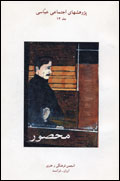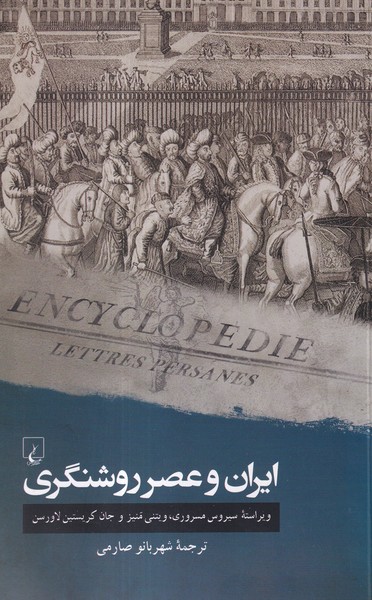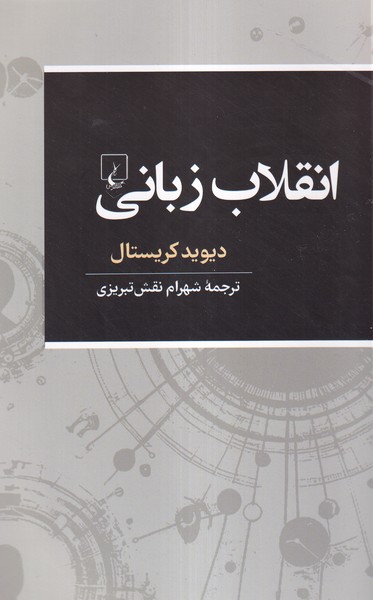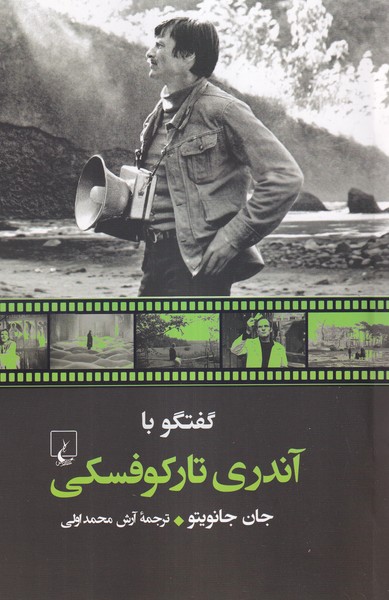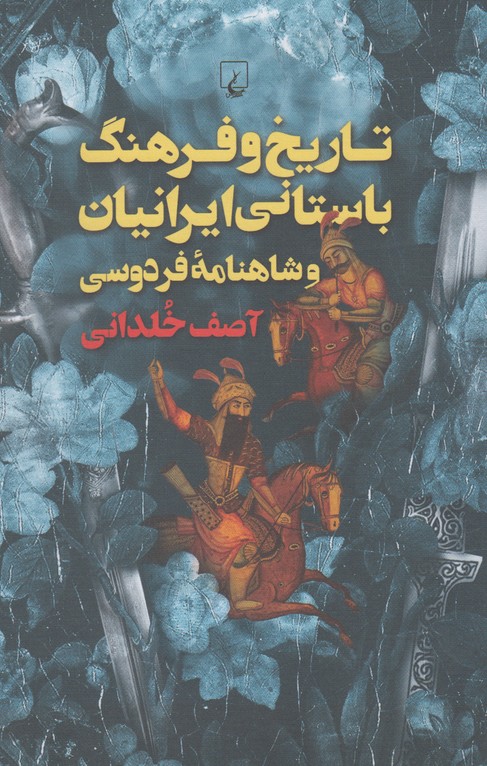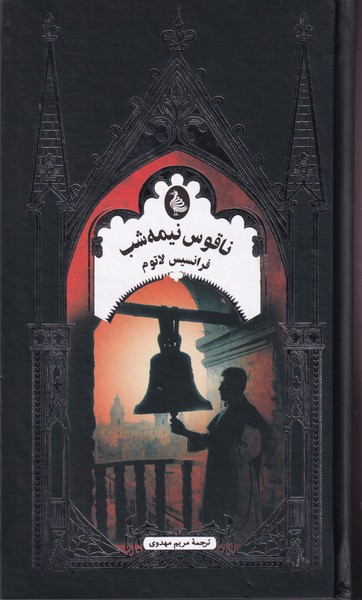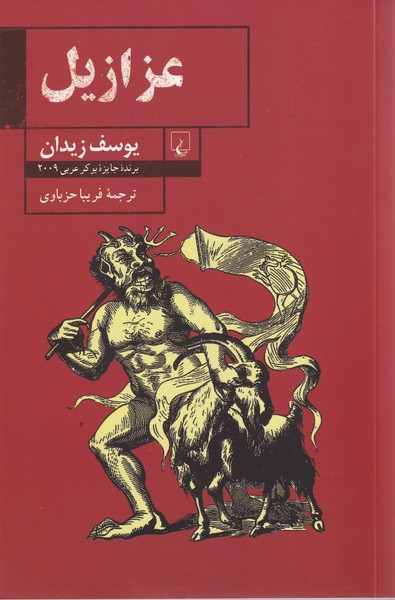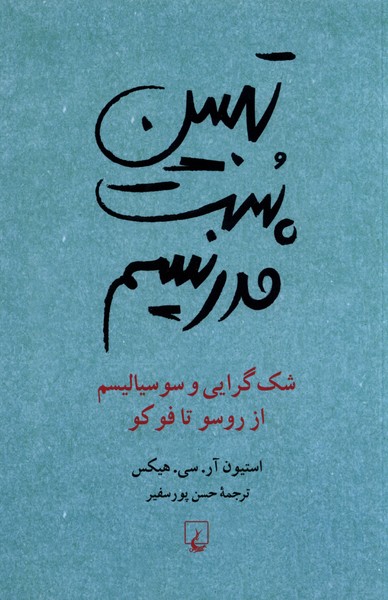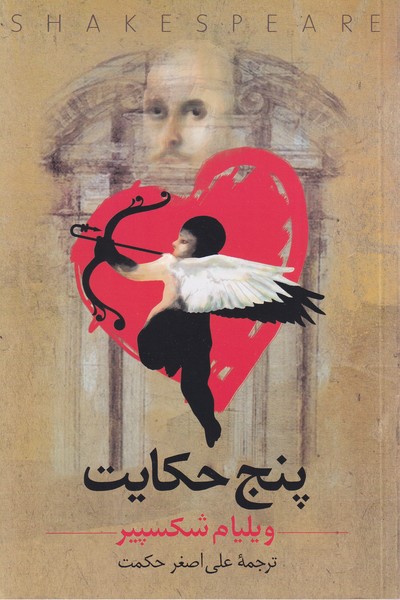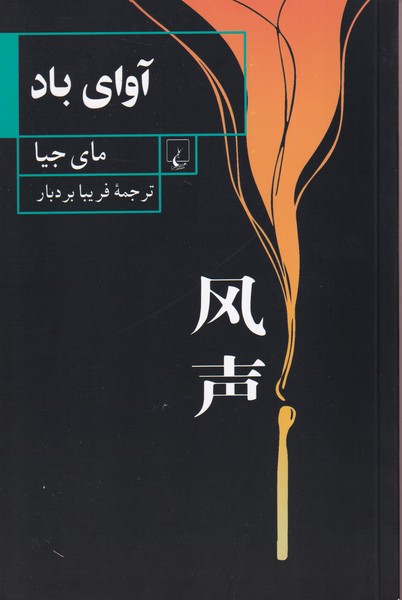Z̤aḥāk-i Mārvash: Persiska (Farsi) 1403
ضحاک ماروش
156 SEK
Dela
Wishlist
The dragon is a creature, and in better words, it is a mythical monster, and its creation, like any other myth, is rooted in the mental perception of reality. The hypothesis that is proposed in this book and the author has tried to provide evidence and reasons to support it, is about the meaning of the Avestan term "Azhi Dhak". According to this hypothesis, the term Aghi Dahak is divided into two parts: the first is Aghi, and the other is Dahak. The first word means a long-bending animal (or snake) and the second word means burning or burning. The author believes that everyone knows the dragon as a creature that emits fire from its mouth, but sometimes in the culture of some tribes, this monster has other faces. In the patterns of cylindrical seals found in Mian Durud, sometimes a wonderful animal can be seen in the form of a lion, it has a head and hands like a lion, and its tail, wings, and claws are reminiscent of the parts of an eagle's body. This animal is depicted as it bends its head to the ground and emits fire from its mouth.
more
اژدها موجودی است ، و به عبارت بهتر ، هیولایی است اسطورهای و پیدایش او نیز همچون هر اسطوره دیگری ریشه در دریافتهای ذهنی انسان از واقعیت دارد . فرضیهای که در این کتاب مطرح میشود و نویسنده کوشیده است در تأیید آن شواهد و دلایلی بیاورد ، درباره معنای اصطلاح اوستایی « اژی دهاک » است . مطابق این فرضیه اصطلاح اژی دهاک به دو بخش تقسیم میشود : نخست اژی ، دیگری دهاک . واژه نخست به معنای جانور دراز خمنده ( یا مار ) و واژه دوم به معنای سوزاننده یا سوزان است . نویسنده بر این اعتقاد است که همگان اژدها را موجودی میشناسند که آتش از دهانش بیرون میآید اما گاهی در فرهنگ برخی اقوام این هیولا چهره یا چهرههای دیگری نیز دارد . در نقوش مهرهای استوانهای یافت شده در میاندورود ، گاه جانور شگفتانگیزی را میتوان دید به پیکر شیر ، او سر و دستانی مانند شیر دارد و دم و بالها و چنگال پاهایش ، یادآور اجزای بدن عقاب است . این جانور را درحالی تصویر کردهاند که سر خود را به روی زمین خم کرده و از دهانش آتش بیرون میدهد .
more




